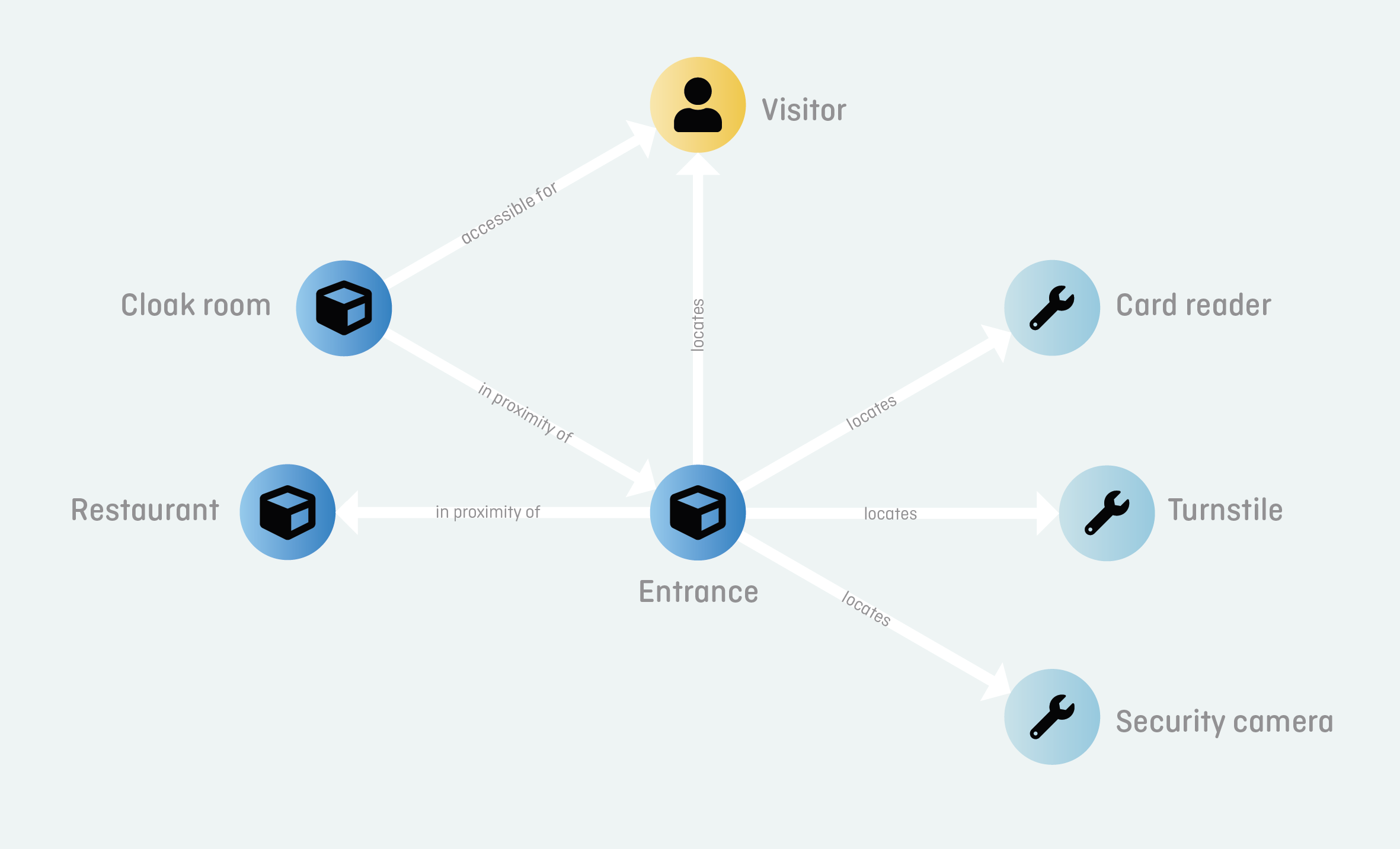
Yesterday, one of our co-founders, Juriaan van Meel, gave a lecturer about the topic of briefing (aka architectural programming) at the Faculty of Architecture and the Built Environment, TU Delft, for all 2nd year bachelor students.
The lecture was about what briefing is, why it is important, and how you can do it. The lecture was about briefing in general, but obviously Juriaan also touched upon the topic of ‘model-based’ briefing, discussing the difference between the brief as a text document and the brief as a semantic model.
In short: in a traditional briefing document, requirements are captured in free flowing, loosely structured prose. In a briefing model, requirements are captured in a very systematic way by means of objects (e.g. rooms or walls or users), properties (e.g. size or capacity), and relations between objects (e.g. connection relations). A BIM approach to briefing, so to speak, with benefits with regards to the integration of briefing information in design and engineering processes.
So, Juriaan’s lecture ended on a somewhat nerdy note, but a data perspective on briefing is super relevant at a time when digitalisation and data are becoming more and more important in construction projects.
